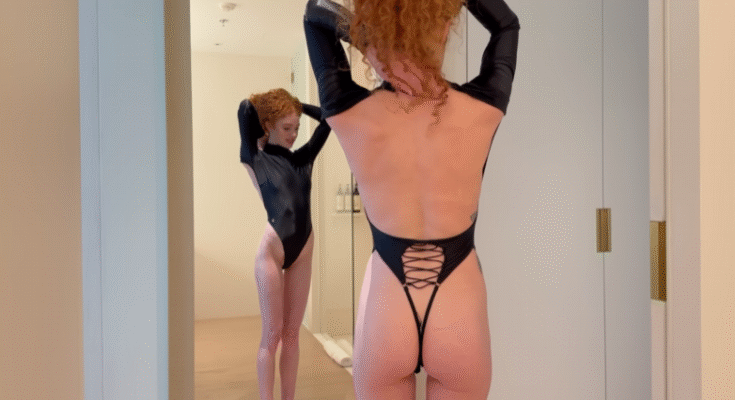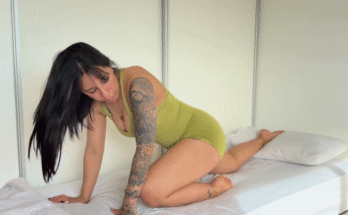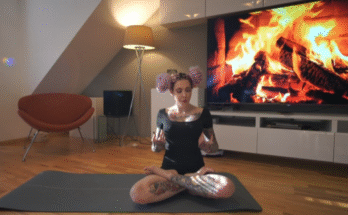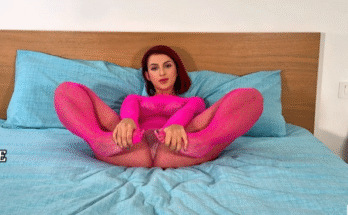
There’s nothing quite like the feeling of being fully connected with your body. Whether you’re waking up stiff, sitting too long at a desk, or recovering after an intense workout, a deep stretch yoga routine can work wonders. Welcome to my go-to practice for unlocking the body from head to toe — a slow, mindful sequence that targets tension, improves flexibility, and leaves you feeling renewed, refreshed, and fully in tune with yourself.
Why Deep Stretch Yoga?
Deep stretch yoga, also known as Yin yoga or restorative stretching, goes beyond the surface-level movements of traditional flow yoga. Rather than quick transitions and poses held for seconds, deep stretch yoga encourages stillness and time. We hold postures for 1 to 5 minutes or even longer, allowing gravity and breath to gently guide our bodies into deeper release. This isn’t about forcing your way into flexibility. It’s about surrender.
What makes this kind of yoga powerful is how it targets the fascia — the connective tissue that surrounds muscles and joints. When fascia is tight, you feel stiff. When it’s hydrated and stretched, your body becomes more mobile and resilient.
Let me take you through the exact routine I use — one that has helped me feel more open, aligned, and free in my movements.
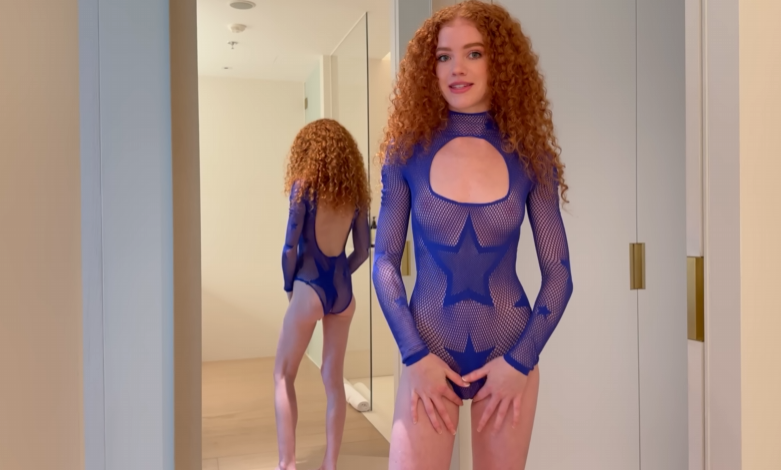
My Deep Stretch Yoga Routine
🕯️ Total Time: 45-60 minutes
🌿 Focus: Flexibility, joint mobility, deep relaxation
🎵 Optional: Soft music, incense, and dim lighting for atmosphere
1. Child’s Pose (Balasana) – 3-5 Minutes
We start here to ground the body and connect to the breath. Kneel on the mat, big toes touching, knees wide apart, arms stretched forward. Rest your forehead on the mat and let your chest melt down.
Focus: Breathe deeply into your belly. Let your hips sink back and feel the gentle stretch in your lower back and hips. Stay still, inhale through the nose, exhale out the mouth.
2. Seated Forward Fold (Paschimottanasana) – 4 Minutes
Sit tall with legs straight in front of you. Inhale, lift your arms up, then exhale as you fold forward, reaching for your feet or shins. Use a strap if needed.
Focus: Don’t force it. Let gravity do the work. Feel the stretch through your hamstrings and lower back. Allow your spine to round naturally.
3. Butterfly Pose (Baddha Konasana) – 4 Minutes
Bring the soles of your feet together, letting your knees drop open like wings. Sit up tall and fold forward gently, resting elbows on your knees or mat.
Focus: This opens the hips and inner thighs. Focus on relaxing your groin and breathing into the tightness.
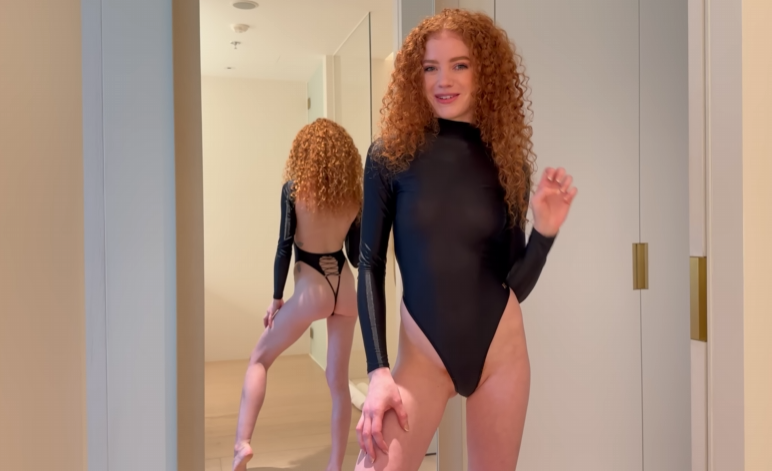
4. Dragon Pose (Low Lunge) – 3 Minutes Each Side
From tabletop, step one foot forward and shift your weight to sink into a deep lunge. Keep the back knee down and the hips heavy.
Focus: Target the hip flexors and quads. Try variations: both hands inside the front foot, or rest elbows on a block. Switch sides slowly.
5. Half Splits (Ardha Hanumanasana) – 3 Minutes Each Side
From the lunge, shift your hips back, straightening the front leg and flexing the foot. Keep your spine long and fold over the leg.
Focus: Stretch the hamstring and calf of the front leg. Avoid rounding too much — engage your core lightly.
6. Pigeon Pose (Eka Pada Rajakapotasana) – 4 Minutes Each Side
From all fours, bring one knee forward and place it behind your wrist. Extend the back leg straight. Fold over and rest on your forearms or chest.
Focus: This is a deep hip opener. Breathe into resistance. Avoid pushing your hips down if it causes pain — use a blanket or block.
7. Supine Twist – 3 Minutes Each Side
Lie on your back. Bring one knee to your chest, then guide it across your body. Extend your opposite arm and gaze to that side.
Focus: This gentle twist releases tension in the spine and massages the internal organs. Keep both shoulders grounded as much as possible.
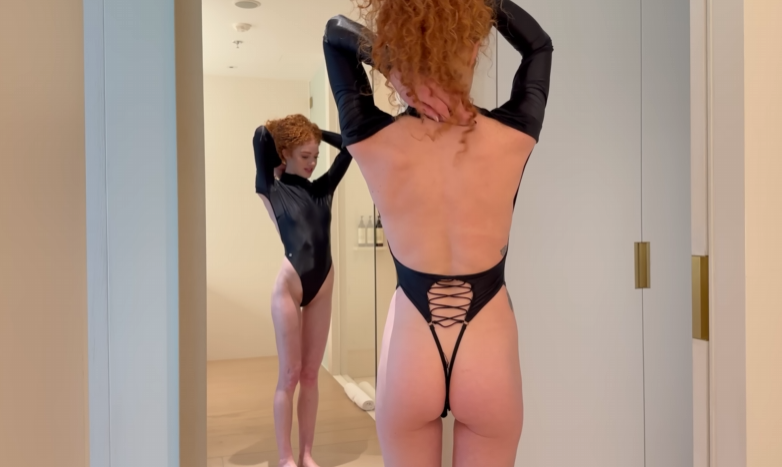
8. Happy Baby Pose – 2 Minutes
On your back, bend your knees and hold the outsides of your feet. Draw the knees toward your armpits, gently rocking side to side.
Focus: Opens the hips and relieves the lower back. Let go of tension and feel playful here.
9. Reclining Butterfly – 3 Minutes
Bring the soles of your feet together again, this time lying on your back. Let your arms rest out to the sides or on your belly.
Focus: Allow your hips to melt open. Great for emotional release and full-body relaxation.
10. Savasana (Corpse Pose) – 5-10 Minutes
Lie flat on your back, legs relaxed, arms at your sides, palms facing up. Close your eyes.
Focus: This is your integration. Let go of control. Let your breath find its own rhythm. Feel the space you’ve created in your body.
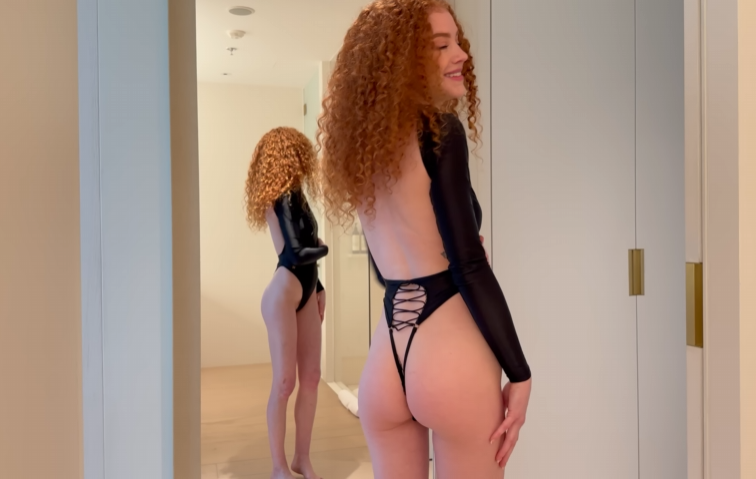
Tips for Practicing Deep Stretch Yoga
- Breathe deeply. Long inhales and even longer exhales signal your nervous system to relax.
- Use props. Blankets, blocks, and straps can support your body and help you stay in poses longer.
- Don’t force anything. Listen to your body. If something feels painful, back off.
- Practice regularly. Flexibility improves over time. Even 20 minutes a few times a week makes a big difference.
- Stay hydrated. Fascia responds best when the body is well hydrated.
Final Thoughts
“Unlock Your Body” is more than just a physical act. When you commit to a deep stretch yoga routine, you unlock so much more — emotional blockages, mental fog, and even creative blocks. You give your body a chance to soften, your mind a chance to still, and your soul space to breathe.
This routine has become a sacred part of my week. Whether I’m stressed, tired, or just craving quiet, I return to this practice. And every time, I finish feeling like I’ve come home to myself.
So unroll your mat. Light a candle. Breathe in. Stretch deep. And let the unlocking begin.
Namaste 🙏
